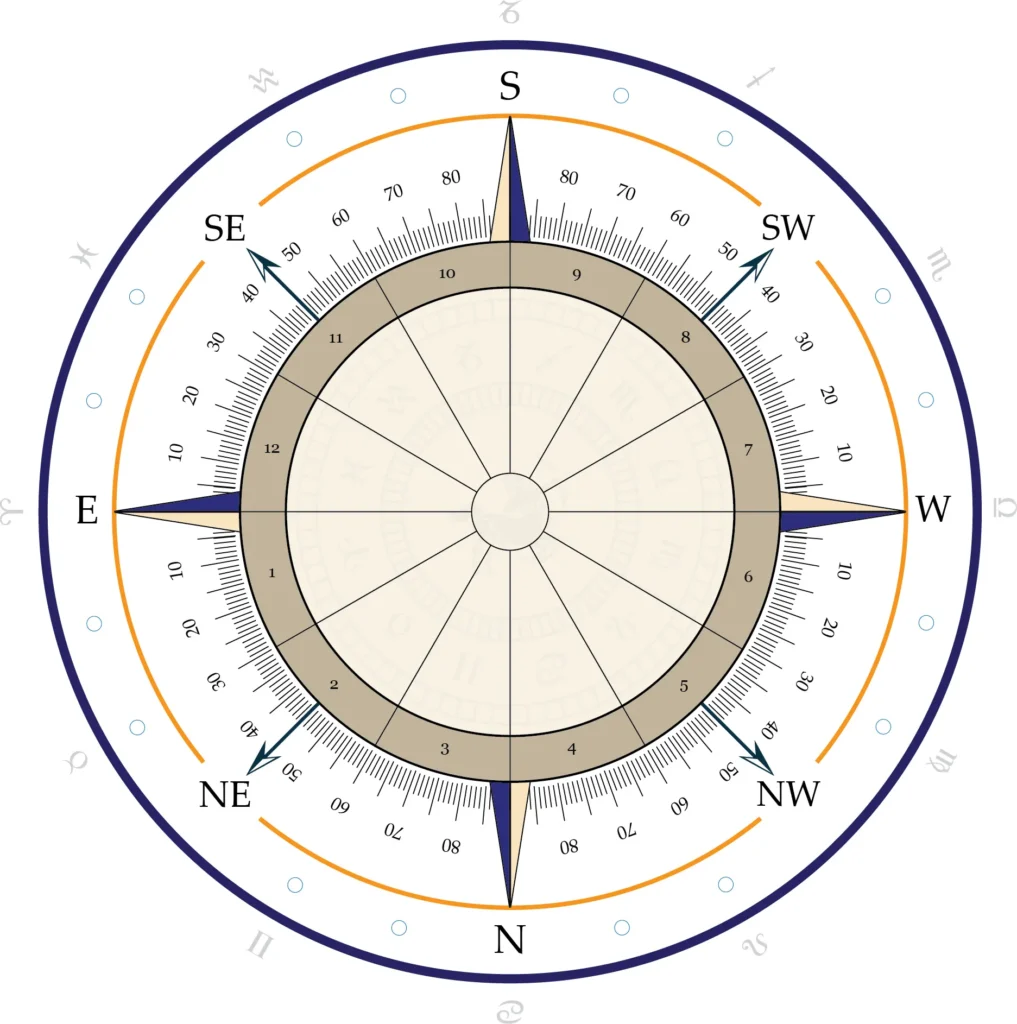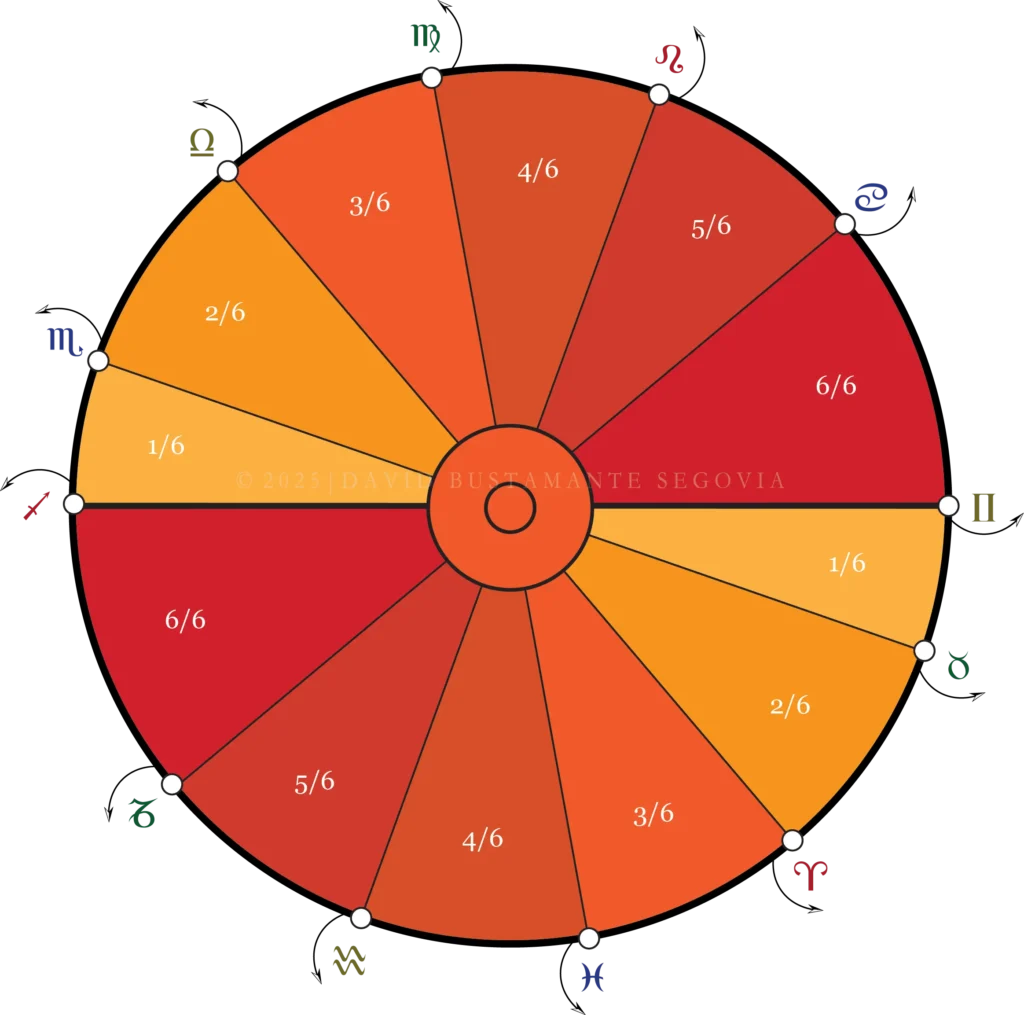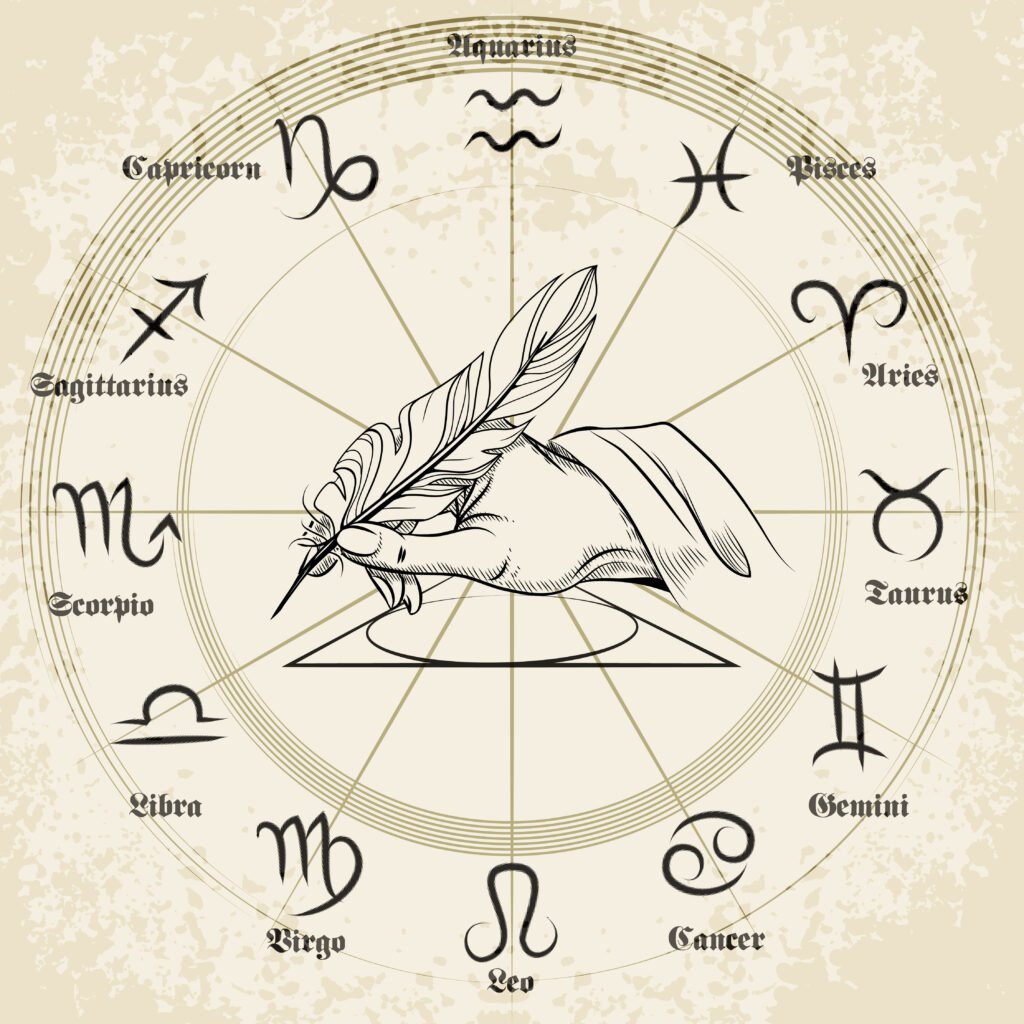1. Oftentimes, the more popular or famous the astrologer, the less their level of competency, serious practise, or understanding of the discipline, as opposed to past times. Famous astrologers from, say, the Middle Ages, were extremely competent (the reasons can be considered to be obvious, if not deduced by simple reflection).
2. Sun-sign astrology (presumed assessment of one single body upon a single plane, the ecliptic) is not astrology (at all). Sun-sign astrology (e.g. newspaper horoscope) is a consumption good of contemporary western capitalist society that can be said to stem from British entrepreneur Alan Leo’s Astrology for All (1903).
3. False belief sustained despite clear evidence to the contrary is delusion. A delusional astrologer is therefore void of the science (or scientific art) of astrology.
4. In medicine, a physician may be a fine surgeon and a poor doctor (or vice versa), as in law an attorney may be a fine litigant and a poor jurist or law professor (or vice versa), as in astrology an astrologer may be a fine astrological academic or historian and a poor interpreter (or vice versa).
5. It is the house system now in vogue, sign-houses (commonly, whole-signs), that does not distinguish houses from signs or signs from houses by employing signs as both signs (segments of the sky or Earth’s ecliptic) and houses (segments of the ground, local horizon, or Earth’s surface) simultaneously. Only quadrant house systems distinguish between two distinct astrographical planes. Only in a sign-house chart then, can signs and houses be considered completely conflated (regardless of the recognition of two fundamental Heaven-and-Earth points of encounter or intersection, as these do not constitute house cusps).
6. Any given placement can and is necessarily common to hundreds of thousands of people, just as any given human eye colour and/or gene. It is but the specific astrographic composition or arrangement that establishes the true identity of a birthchart, just as a specific DNA sequence or code. Say, while Mercury in Pisces can be common to hundreds of thousands of people, Mercury in Pisces *as* ruler of the 3rd House in conjunction with Saturn *as* ruler of the Ascendant maintaining a trine with the «secondary ruler» (Morin, Book 17) of the 3rd House in Cancer or Scorpio cannot (or only to a very small number of people, and to one only should we give consideration to the rest of the chart).
7. Any statistical analysis requires from the analyst to understand that no two politicians, serial killers, or writers have nearly the same chart (even though we may establish common variables that, still, will constitute only «sufficient» cause, not «necessary» cause). In other words, any given feature (becoming a politician or a serial killer or an attorney, or contracting cancer) can be produced by any number of different combinations or astrographical arrangements, not one only, let alone by a certain single standalone placement. Any one feature may—and does—come about via different chart compositions, just as one and the same disease may be contracted in different ways by different people (also showing different symptoms).
8. Any chart can be—and actually is—a chart of over 1,000 events (minimum), that is, of different types of events simultaneously in that location on Earth for which said chart was or is going to be erected. Every few minutes in a specific location on Earth a child or a creature of other species is born and a person dies or is killed, a document is signed and trips, journeys, and work shifts begin, not to mention board meetings and interviews, among many other events. How, then, is a competent astrologer to distinguish the subject-matter of any given chart, which is the same as asking how can a competent physician determine the patient or person to which any given laboratory results (e.g. bloodwork) correspond? He/She cannot (which has nothing to do with skill or competency). Knowing the nature of the inquiry (who the patient is) suffices.
9. In genetics, geneticists give consideration to environmental variables in order to be able to determine the extent to which this stimuli can or will modify the expression or manifestation of a specific DNA sequence (person) in a given region, country, and/or culture, and inform their analyses or predictions thereby, as in astrology astrologers too must respect environmental variables in order to be able to determine how said stimuli may modify the expression or manifestation of a specific birthchart composition and inform their analyses or predictions thereby. That is, in order to be able to understand how the individual may perform or react within said environment under said astrological influences. The discipline that occupies itself with the study of the influence of environmental variables upon DNA expression is known as epigenetics. Certain placements within a birthchart can become activated under certain conditions, just as now we now that certain genes can be turned off and on by certain environmental stimuli. The influence of environmental variables on birthchart expression or performance can be regarded as epiastrology.
10. Analogous to meteorology, medicine, genetics, psychiatry, forensic psychology, and economy, astrology, although a science, is not an exact science (like mathematics, astronomy, chemistry, and physics to a certain degree). Because of this, astrologers, like meteorologists, physicians, geneticists, psychiatrists, forensic psychologists, and economists, are not to speak of predictions (unless having been able to account for all environmental variables possible as well) but of prognoses. Predictions correspond to exact sciences only, whereas prognoses to nonexact sciences. Nonexact sciences consists of the assessment of multiple variables. Nonexact sciences are not independent, like exact sciences are, including those made or created by humans such as mathematics and formal logic, nonnatural exact sciences.









